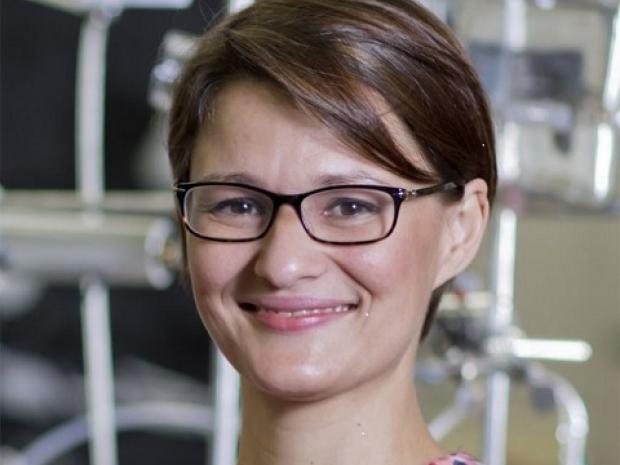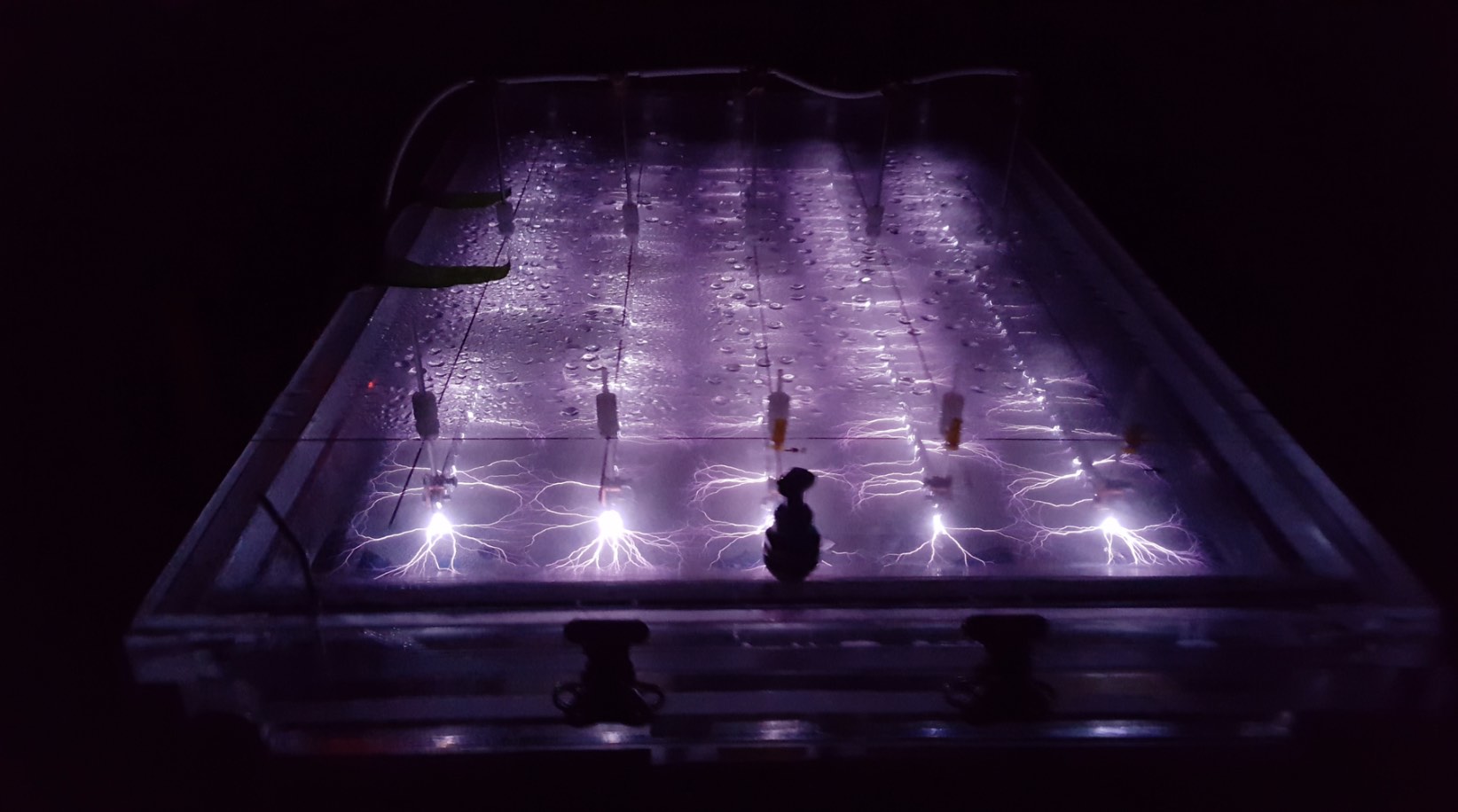Plasma-based water treatment of perfluoroalkyl substances (PFAS): Reactor design challenges and physicochemical processes at the plasma-liquid interface

Speaker:
Selma Mededovic Thagard
Clarkson University, Chemical and Biomolecular Engineering
Abstract:
Plasma-based water treatment (PWT) utilizes electrical discharge plasmas formed in contact with or in the vicinity of water to degrade chemicals within contaminated water. Plasma in these conditions is capable of producing a diverse range of highly reactive species with relatively low energy input and without chemical additives, which makes PWT a promising alternative treatment technology that has in- spired decades of investigation and development. Despite the obvious benefits and advantages of PWT, the technology is only now reaching a level of development where it can be commercially used.
This study determined the main obstacles hindering the implementation of PWT and developed design principles for overcoming the process limitations through control of the plasma-liquid interphase dynamics. We have determined the efficacy of the plasma process for the treatment of a wide range of different compounds and used the results of this investigation to construct a model to predict the approximate treatability of any compound based on just a few of the compound’s physical properties. One practical outcome of these findings is a bench-scale process based on electrical discharge plasma that is capable of treating poly- and perfluoroalkyl substances (PFAS) in groundwater from a naval site with high enough efficiency to rival leading  treatment technologies. Following extensive experiments with the bench-scale plasma reactor, a scaled-up continuous flow prototype unit was constructed wherein the PFAS degradation rates far exceed those attainable in the bench-scale version of the reactor. The pilot-scale plasma reactor system was successfully demonstrated for the treatment of PFAS-contaminated groundwater at the Wright- Patterson Air Force Base.
treatment technologies. Following extensive experiments with the bench-scale plasma reactor, a scaled-up continuous flow prototype unit was constructed wherein the PFAS degradation rates far exceed those attainable in the bench-scale version of the reactor. The pilot-scale plasma reactor system was successfully demonstrated for the treatment of PFAS-contaminated groundwater at the Wright- Patterson Air Force Base.

